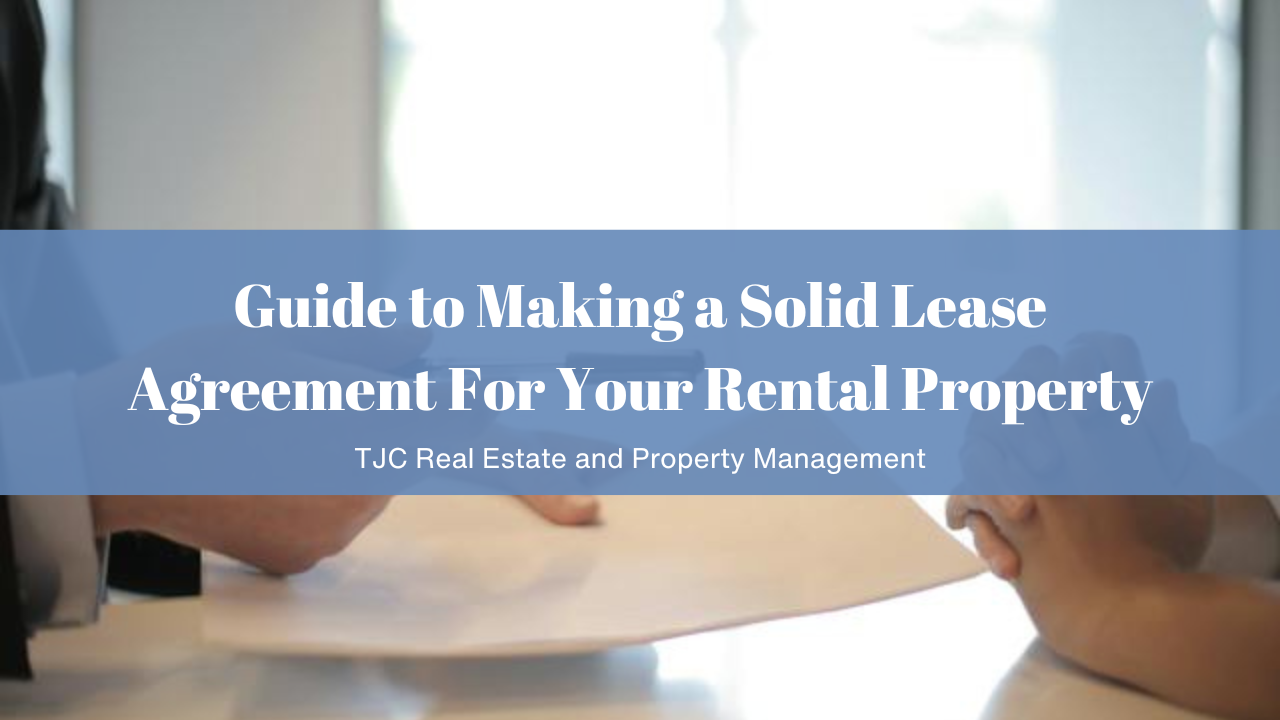
Are you a landlord wondering how to protect your rental property while building strong relationships with your tenants? Crafting a solid lease agreement is the first step to ensuring a smooth and hassle-free rental experience.
A well-written lease not only sets clear expectations but also serves as a legal safeguard, helping to prevent misunderstandings and disputes. Whether you’re a seasoned landlord or new to the rental business, this guide will walk you through everything you need to know to create a comprehensive lease agreement that protects your property, respects your tenants, and keeps your rental operations running effortlessly.
A lease agreement is a vital document for landlords, serving as the foundation of a clear and professional rental relationship. It outlines the roles and responsibilities of both landlords and tenants, including essential details like rent payments, maintenance obligations, and property rules.
By setting clear expectations upfront, a lease reduces the chances of misunderstandings or disputes, fostering a smooth and hassle-free arrangement. Additionally, it provides critical legal protection by ensuring both parties understand their rights and obligations, which can be crucial for resolving conflicts fairly if they arise.
Overall, a well-drafted lease safeguards your property, encourages respectful tenant behavior, and supports a successful rental experience.
A comprehensive lease agreement should cover all the critical details to protect you as a landlord and keep your tenants informed. Here’s what every lease should include.
Clearly list the full legal names of all parties involved, including the landlord(s), tenant(s), and any co-signers. This ensures accountability and binds everyone to the terms outlined in the agreement.
Include the rental property’s full address, along with unit numbers if applicable. Adding a brief description of the property, such as “two-bedroom apartment” or “single-family home,” eliminates ambiguity, especially if you manage multiple properties.
Specify the due date for rent payments, whether it’s the first of the month or another agreed-upon date. Also, include details about grace periods, late fees, and the consequences of missed payments. This clarity encourages timely payments and avoids confusion.
Clearly state the rent amount, whether utilities are included, and the acceptable payment methods, such as bank transfers or online platforms. Providing detailed payment instructions simplifies the process for tenants.
Outline the length of the lease, whether it’s a fixed-term agreement (e.g., 12 months) or month-to-month. Include start and end dates and renewal terms, ensuring both parties understand their commitments.
Ensure all parties involved sign the lease agreement. Signatures confirm that everyone has read and agreed to the terms, making the document legally binding.
Including key clauses in your lease agreement helps clarify rights and responsibilities and protects your interests as a landlord. Below are essential clauses to include.
Define your policy on subletting clearly. Specify whether subletting is allowed and under what conditions. For instance, require tenants to obtain your written consent before subletting. This ensures you have control over who occupies your property.
Detail when and why you, as the landlord, may access the property. Common reasons include repairs, inspections, or emergencies. Be sure to specify the notice period (usually 24-48 hours), balancing your property rights with the tenant’s privacy.
Clarify the tenant’s obligations regarding property upkeep, such as keeping the unit clean and reporting maintenance issues promptly. This helps avoid disputes and ensures your property remains in good condition.
Include a clause that outlines the consequences of breaking the lease early. Specify penalties such as forfeiting the security deposit or being responsible for rent until a replacement tenant is found. This protects you financially while informing tenants of their obligations.
Define the amount of the security deposit, how it will be used, and the conditions for its return. Clearly explain deductions for damages or unpaid rent to prevent disputes at the end of the lease term.
By investing time in drafting a comprehensive lease, you’ll enjoy:
Crafting a solid lease agreement is one of the most important steps you can take to protect your rental property and foster positive relationships with your tenants. By clearly defining responsibilities and expectations, you set the stage for a smooth rental experience while minimizing potential issues.
However, managing properties and staying on top of legal requirements can be time-consuming. That’s where TJC Real Estate can help! With their expertise in property management, they’ll handle everything from lease agreements to tenant relations, giving you peace of mind and freeing up your time.
Let TJC Real Estate make your rental journey stress-free!
© 2025 TJC Real Estate. All rights reserved. Privacy Policy | Terms of Use | Portable Tenant Screening & Disclosure | Website by Distill